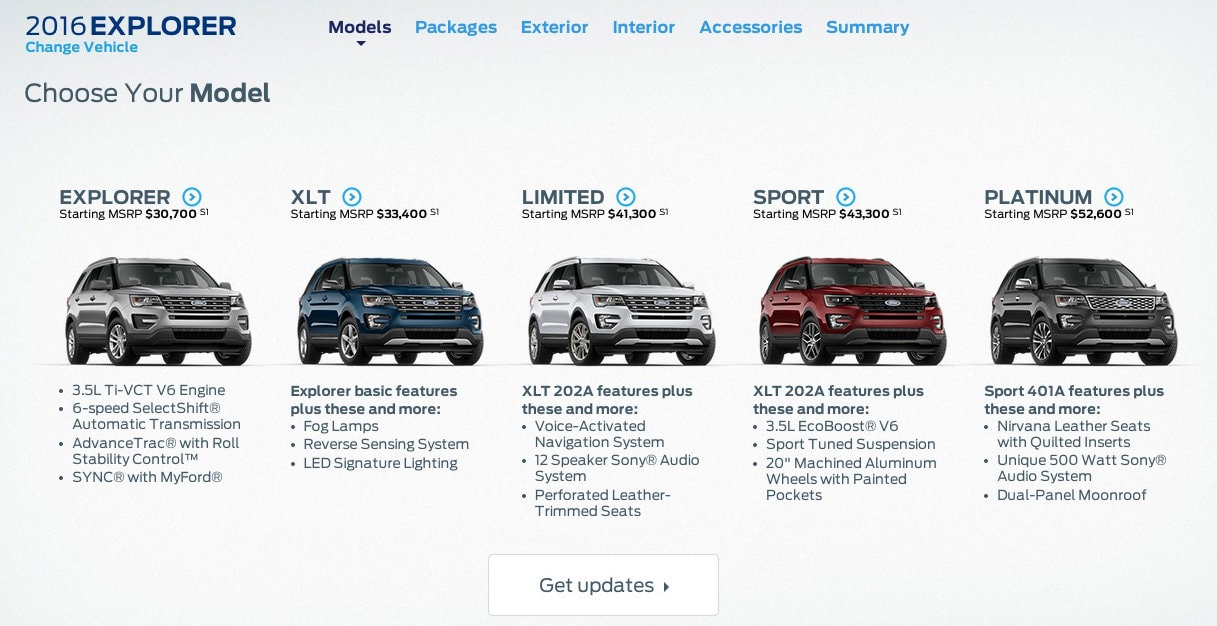Piwigo is photo gallery software for the web, built by an active community of users and developers. Freely available extensions make Piwigo easily customizable. It is notable as a system with many features.
Piwigo is a web-based system that is free and open-source, unlike Flickr or Picasa. This approach is reinforced repeatedly It is licensed under the GPL. It is written in PHP and requires a MySQL database. It can be installed on your own server

Main Features
Piwigo is designed to be fast, free, and flexible. It's frequently updated by a passionate community of developers and users who swear by it.
Other features are listed on the features page of the Piwigo website.
Build Your Own Photography Website Video
Deployment
Piwigo can be deployed using various methods in a hosting environment. Users download the current version of Piwigo from Piwigo.org. Either they download the full archive and upload the source code to their hosting environment or they download the NetInstall (a single PHP file), upload it to their hosting environment and let it download the full archive automatically.
Piwigo is installable on GNU/Linux distributions such as Debian/Ubuntu via the APT packages system where Piwigo is available.
Many shared web hosting services also offer automated Piwigo installation through their control panel: For example Piwigo is available in SimpleScripts and Softaculous.
Hosting services such as Piwigo.com offer users an easy way to deploy a Piwigo gallery on-line without having to install Piwigo on their own web server.

History
Piwigo (originally named PhpWebGallery) was written by Pierrick Le Gall as a personal project in 2001. Inspired by the opensource web forum phpBB that he installed for his university website, he chose the GNU General Public License to distribute Piwigo and start a community around the project. The first version of Piwigo was released in April 2002.
In 2002, Piwigo became multilingual. In 2004, a bugtracker was installed in order to enable co-operative working as a team. In 2005 an online extension manager made contributions easier to share. In 2006, themes made customization possible. In 2007 plugins were introduced to extend Piwigo features. In 2009 PhpWebGallery was renamed Piwigo and pLoader (Piwigo Uploader) made photo uploading easier for Windows, Mac and Linux users. In 2010, digiKam, Shotwell, Lightroom made it possible to upload photos to any Piwigo gallery, an enhanced web uploader was provided in Piwigo 2.1 and Piwigo.com was launched (dedicated hosting for Piwigo). In 2013 there are 10 members in the Piwigo team, 100 translators, a website available in 12 languages and a thriving community. Also Version 2.5.0 was released. In june 2014 version 2.6.3 has been released.
Are You Looking for Products
Here some products related to "Piwigo".
Build Your Own Skates: Ap..
Maximize Your Potential: ..
Natural Swimming Pools: A..
Make Your Mark: The Creat..
Get these at Amazon.com* amzn.to is official short URL for Amazon.com, provided by Bitly
Source of the article : here






EmoticonEmoticon